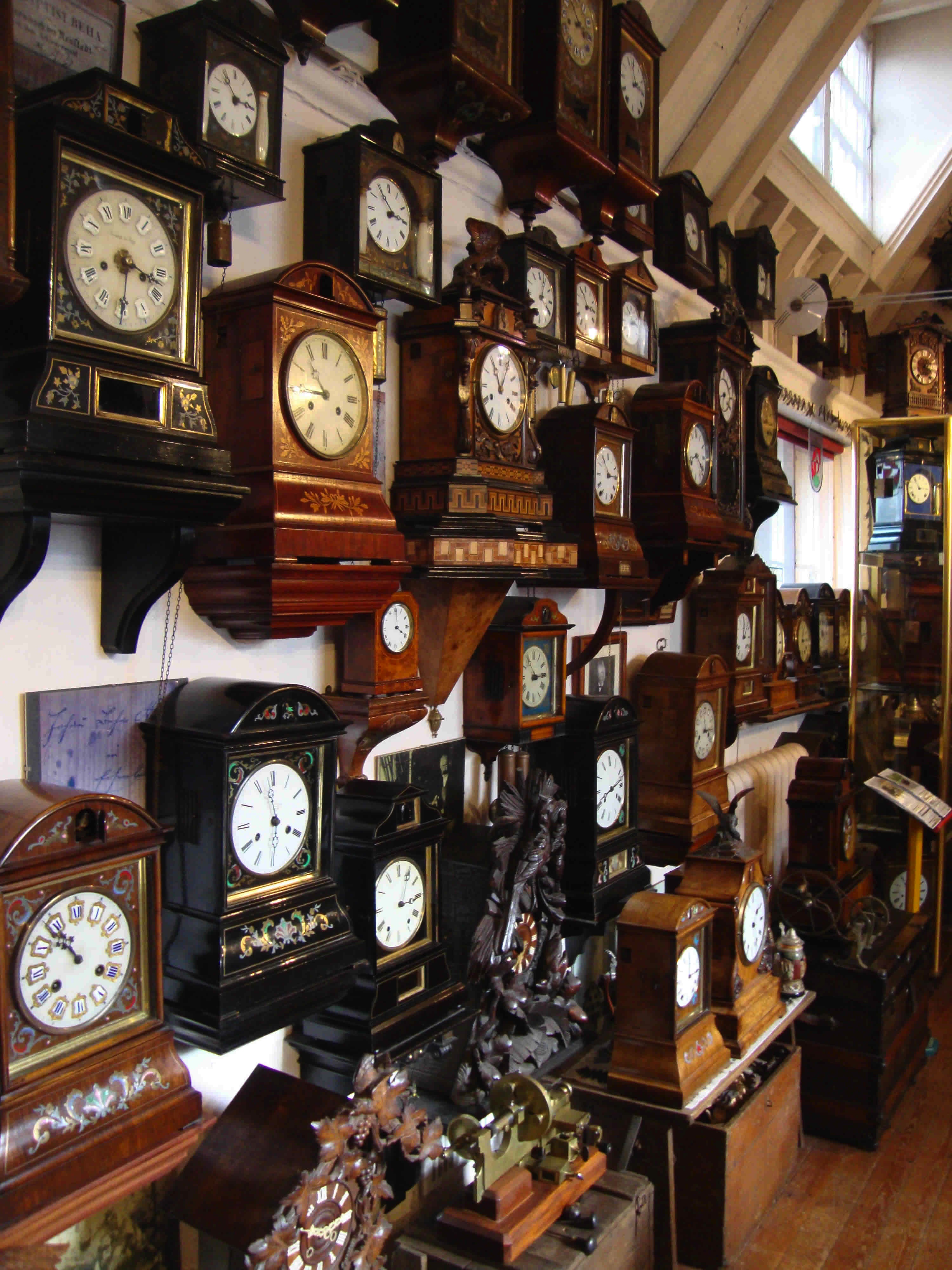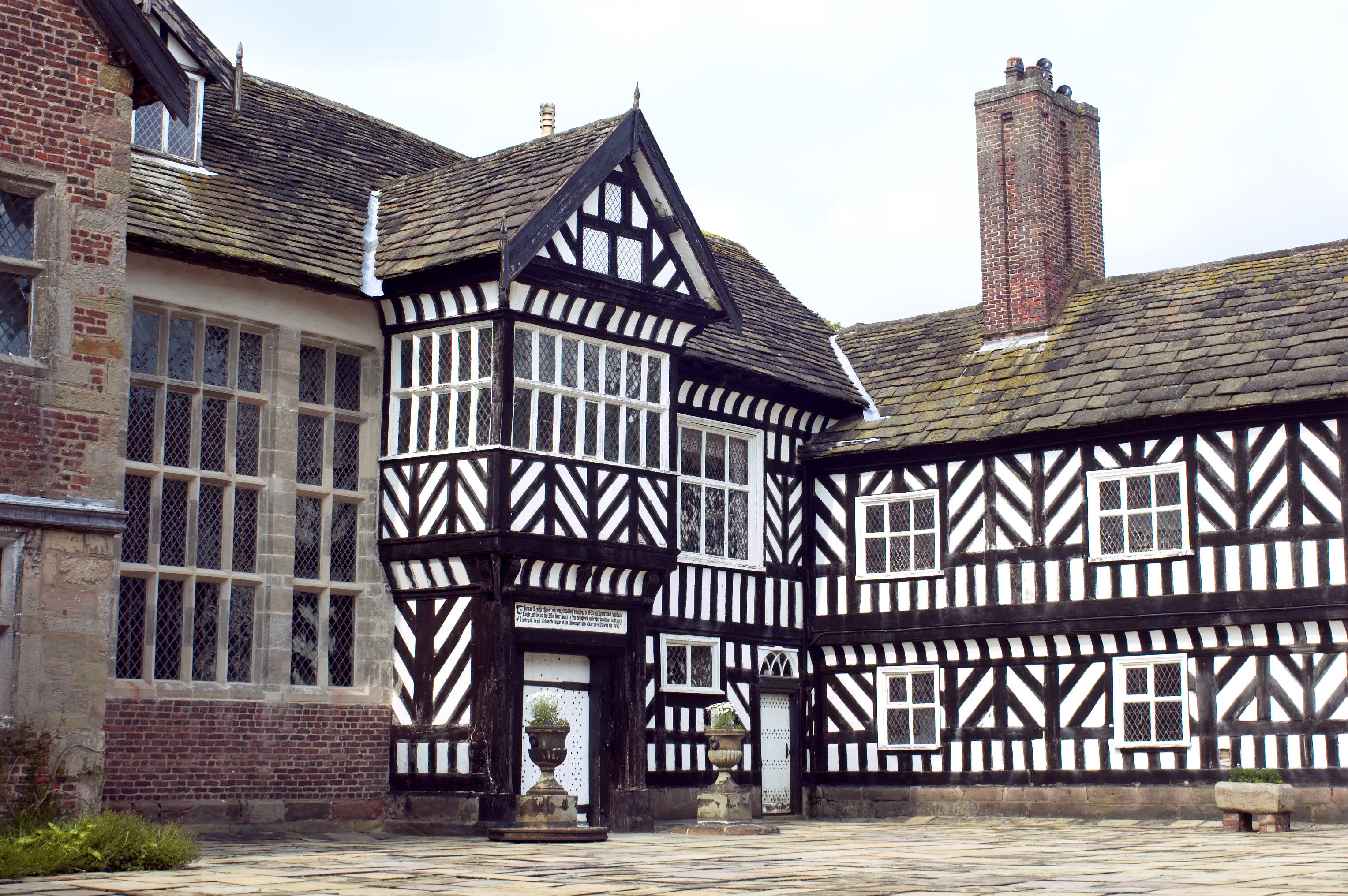|
Cuckooland Museum
The Cuckooland Museum, previously known as the ''Cuckoo Clock Museum'', is a museum that exhibits mainly cuckoo clocks, located in Tabley, Cheshire, England. The collection comprises 300 years of cuckoo clock-making history, since the very earliest examples made in the 18th to the 21st century. Establishment and foundational reasons The museum was set up in 1990 by brothers Roman and Maz Piekarski after bringing together a collection of antique Black Forest cuckoo clocks that has been continuously increased ever since. Both men were trained as clockmakers in Manchester from the age of 15, which is when their fascination with these timepieces began. It became apparent to them that an important part of European clock-making history was liable to disappear if surviving examples fell into irretrievable disrepair. Their guiding principles have always been to purchase objects only of the highest museum quality and which held an important significance in the historical development of ... [...More Info...] [...Related Items...] OR: [Wikipedia] [Google] [Baidu] |
List Of Museums In Cheshire
In this list of museums in Cheshire, England, museums are defined as institutions (including non-profit organisations, government entities and private businesses) that collect and care for objects of cultural, artistic, scientific or historical interest, and that make their collections or related exhibits available for public viewing. Also included are non-profit art galleries and university art galleries. Museums that exist only in cyberspace (virtual museums) are not included. Many Cheshire museums focus on the area's industrial heritage, including Quarry Bank Mill in Styal and Clarence Mill in Bollington (cotton), the Macclesfield Museums (silk), the Catalyst Science Discovery Centre in Widnes (chemicals), and the Lion Salt Works in Marston and Weaver Hall Museum in Northwich (salt). The Anson Engine Museum in Poynton is on the site of a former colliery. Jodrell Bank Discovery Centre, on the site of the observatory in Lower Withington, explores astronomy. There are also seve ... [...More Info...] [...Related Items...] OR: [Wikipedia] [Google] [Baidu] |
Tabley Inferior
Tabley Inferior is a civil parish in the Borough of Cheshire East and ceremonial county of Cheshire in England. It has a population of 137. Retrieved 2009-12-04 is located there. See also *Listed buildings in Tabley Inferior
[...More Info...] [...Related Items...] OR: [Wikipedia] [Google] [Baidu] |
Automaton
An automaton (; plural: automata or automatons) is a relatively self-operating machine, or control mechanism designed to automatically follow a sequence of operations, or respond to predetermined instructions.Automaton – Definition and More from the Free Merriam-Webster Dictionary http://www.merriam-webster.com/dictionary/automaton Some automata, such as Jacquemart (bellstriker), bellstrikers in mechanical clocks, are designed to give the illusion to the casual observer that they are operating under their own power. Since long ago, the term is commonly associated with automated puppets that resemble moving humans or animals, built to impress and/or to entertain people. Animatronics are a modern type of automata with electronics, often used for the portrayal of characters in films and in theme park attractions. Etymology The word "automaton" is the latinization of the Ancient Greek , , (neuter) "acting of one's own will". This word was first used by Homer to describe an auto ... [...More Info...] [...Related Items...] OR: [Wikipedia] [Google] [Baidu] |
Museums Established In 1990
A museum ( ; plural museums or, rarely, musea) is a building or institution that cares for and displays a collection of artifacts and other objects of artistic, cultural, historical, or scientific importance. Many public museums make these items available for public viewing through exhibits that may be permanent or temporary. The largest museums are located in major cities throughout the world, while thousands of local museums exist in smaller cities, towns, and rural areas. Museums have varying aims, ranging from the conservation and documentation of their collection, serving researchers and specialists, to catering to the general public. The goal of serving researchers is not only scientific, but intended to serve the general public. There are many types of museums, including art museums, natural history museums, science museums, war museums, and children's museums. According to the International Council of Museums (ICOM), there are more than 55,000 museums in 202 countries ... [...More Info...] [...Related Items...] OR: [Wikipedia] [Google] [Baidu] |
Triberg Im Schwarzwald
Triberg im Schwarzwald is a town in Baden-Württemberg, Germany, located in the Schwarzwald-Baar district in the Black Forest. In 2020, it had a population of 4,656. Triberg lies in the middle of the Black Forest between 500 and 1038 metres above sea level. The Triberg Waterfalls, a series of waterfalls in the Gutach River, are among the tallest in Germany. With a total vertical drop of 151m (496 feet), the falls are shorter than the tallest waterfall in Germany, the Röthbachfall. However, the Triberg Falls are better known and have easier public access. Elektrizitäts-Gesellschaft Triberg, a regional utility, was founded 1896 by Friedrich Wilhelm Schoen, Wilhelm Eduard von Schoen and the famous industrialist and inventor Carl von Linde. It is still active today and partially owned by local municipalities. Watchmaking was once a thriving local industry, but no longer plays a central role in the economy. A private hospital, Asklepios Klinik, is the town's major employer. The numb ... [...More Info...] [...Related Items...] OR: [Wikipedia] [Google] [Baidu] |
Museum Fũr Uhren Und Mechanische Musik
The Museum of Timekeeping and Mechanical Musical Instruments (German: Museum für Uhren und mechanische Musikinstrumente, MUMM) is a museum in the village of Oberhofen am Thunersee, Switzerland, in the Bernese Oberland. It is dedicated to both horology and mechanical music. The museum is about halfway between the major tourist centers of Bern and Interlaken, and housed in the manor house of the historic Wichterheer estate, on the shore of Lake Thun. The core of the museum's collection consists of two formerly private collections owned by Hans-Peter Hertig (clocks) and Kurt Matter (mechanical music). The collection is particularly strong in early rustic clocks from the Bernese region of Switzerland, and in beggars' organs and Swiss-made comb music boxes. The museum can only be visited by guided tour. See also *Horology * List of music museums Similar museums: *British Horological Institute *Clockmakers' Museum *Cuckooland Museum *Deutsches Uhrenmuseum *National Watch and Clock Mu ... [...More Info...] [...Related Items...] OR: [Wikipedia] [Google] [Baidu] |
Dorf- Und Uhrenmuseum Gütenbach
The Dorf- und Uhrenmuseum Gütenbach ( en, Village and Clock Museum Gütenbach) is located in the village of Gütenbach, one of the historic centers of homebased manufacturing of clocks in the Black Forest region of Germany near the town of Furtwangen im Schwarzwald. It features primarily permanent and temporary exhibits on the local history of clockmaking, focussing on the history of making wooden clock movements. There also is a smaller general display on local history and rural living conditions in the 18th and 19th century. Highlights include: * An overview of the history of the wooden black forest clock movement * A unique collection of homemade tools, jigs and fixtures for making clock movements * A broad collection of one of kind black forest clocks, including organ clocks and cuckoo clocks, many made within the village of Gütenbach The Museum is located in the former schoolhouse of the village, next to the church, on a hill above the village center. Similar museum ... [...More Info...] [...Related Items...] OR: [Wikipedia] [Google] [Baidu] |
Deutsches Uhrenmuseum
The German Clock Museum (german: Deutsches Uhrenmuseum) is situated near the centre of the Black Forest town of Furtwangen im Schwarzwald (Germany), a historical centre of clockmaking. It features permanent and temporary exhibits on the history of horology, timekeeping. The museum is part of the local technical college (''Hochschule Furtwangen University, Hochschule Furtwangen''). About the museum The German Clock Museum is devoted to the history of timekeeping devices. A major focus is on clockmaking in the Black Forest, both as a cottage industry and on an industrial scale. The museum has an extensive Collection (museum), collection of clocks and other artifact (archaeology), artefacts relating to horology, not just those from the Black Forest, but also clocks and watches from around the world and spanning from prehistoric times to the present. The collection includes early cuckoo clocks from the 18th century as well as the prototypes of the modern Black Forest souvenir. The work ... [...More Info...] [...Related Items...] OR: [Wikipedia] [Google] [Baidu] |
Horology
Horology (; related to Latin '; ; , interfix ''-o-'', and suffix ''-logy''), . is the study of the measurement of time. Clocks, watches, clockwork, sundials, hourglasses, clepsydras, timers, time recorders, marine chronometers, and atomic clocks are all examples of instruments used to measure time. In current usage, horology refers mainly to the study of mechanical time-keeping devices, while chronometry more broadly includes electronic devices that have largely supplanted mechanical clocks for the best accuracy and precision in time-keeping. People interested in horology are called ''horologists''. That term is used both by people who deal professionally with timekeeping apparatuses (watchmakers, clockmakers), as well as aficionados and scholars of horology. Horology and horologists have numerous organizations, both professional associations and more scholarly societies. The largest horological membership organisation globally is the NAWCC, the National Association of Wa ... [...More Info...] [...Related Items...] OR: [Wikipedia] [Google] [Baidu] |
Clock
A clock or a timepiece is a device used to measure and indicate time. The clock is one of the oldest human inventions, meeting the need to measure intervals of time shorter than the natural units such as the day, the lunar month and the year. Devices operating on several physical processes have been used over the millennia. Some predecessors to the modern clock may be considered as "clocks" that are based on movement in nature: A sundial shows the time by displaying the position of a shadow on a flat surface. There is a range of duration timers, a well-known example being the hourglass. Water clocks, along with the sundials, are possibly the oldest time-measuring instruments. A major advance occurred with the invention of the verge escapement, which made possible the first mechanical clocks around 1300 in Europe, which kept time with oscillating timekeepers like balance wheels., pp. 103–104., p. 31. Traditionally, in horology, the term ''clock'' was used for a stri ... [...More Info...] [...Related Items...] OR: [Wikipedia] [Google] [Baidu] |
Automaton
An automaton (; plural: automata or automatons) is a relatively self-operating machine, or control mechanism designed to automatically follow a sequence of operations, or respond to predetermined instructions.Automaton – Definition and More from the Free Merriam-Webster Dictionary http://www.merriam-webster.com/dictionary/automaton Some automata, such as Jacquemart (bellstriker), bellstrikers in mechanical clocks, are designed to give the illusion to the casual observer that they are operating under their own power. Since long ago, the term is commonly associated with automated puppets that resemble moving humans or animals, built to impress and/or to entertain people. Animatronics are a modern type of automata with electronics, often used for the portrayal of characters in films and in theme park attractions. Etymology The word "automaton" is the latinization of the Ancient Greek , , (neuter) "acting of one's own will". This word was first used by Homer to describe an auto ... [...More Info...] [...Related Items...] OR: [Wikipedia] [Google] [Baidu] |
Western Culture
Leonardo da Vinci's ''Vitruvian Man''. Based on the correlations of ideal Body proportions">human proportions with geometry described by the ancient Roman architect Vitruvius in Book III of his treatise ''De architectura''. image:Plato Pio-Clemetino Inv305.jpg, upPlato, arguably the most influential figure in all of Western philosophy and has influenced virtually all of subsequent Western and Middle Eastern philosophy and theology. Western culture, also known as Western civilization, Occidental culture, or Western society, is the Cultural heritage, heritage of social norms, ethical values, traditional customs, belief systems, political systems, artifacts and technologies of the Western world. The term applies beyond Europe to countries and cultures whose histories are strongly connected to Europe by immigration, colonization or influence. Western culture is most strongly influenced by Greco-Roman culture, Germanic culture, and Christian culture. The expansion of Greek cul ... [...More Info...] [...Related Items...] OR: [Wikipedia] [Google] [Baidu] |






